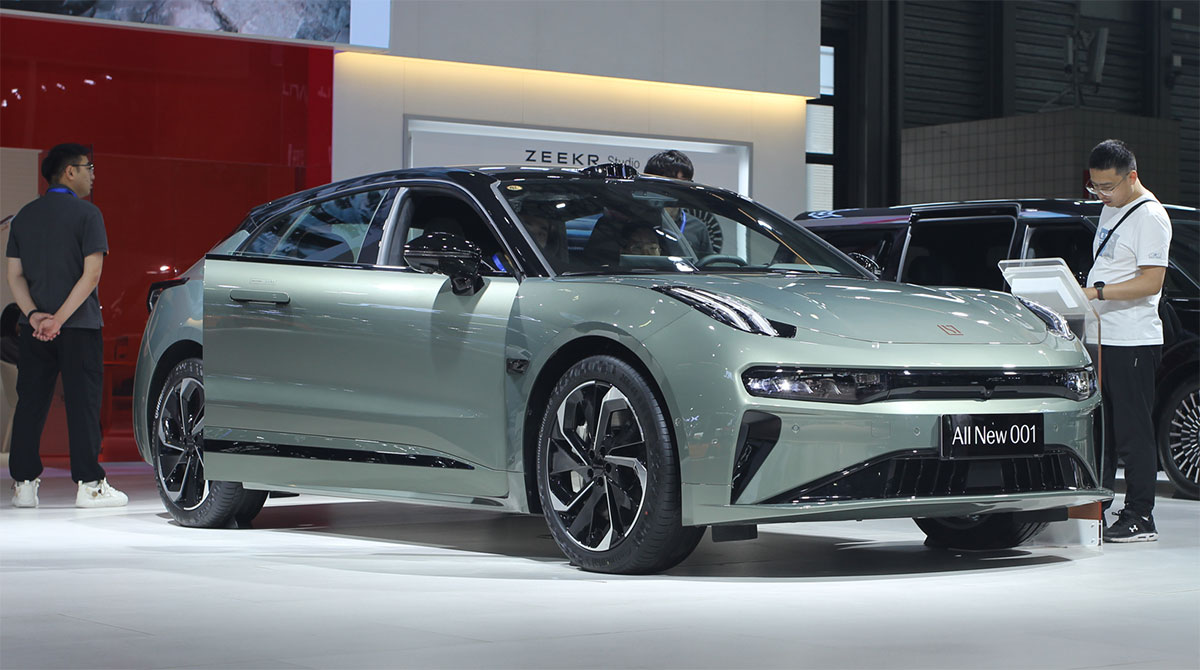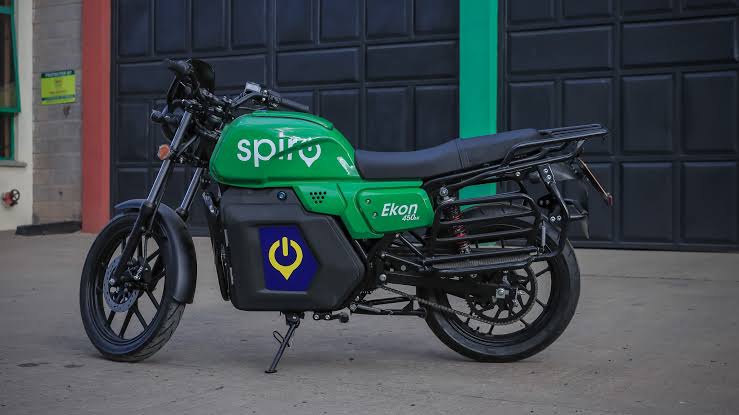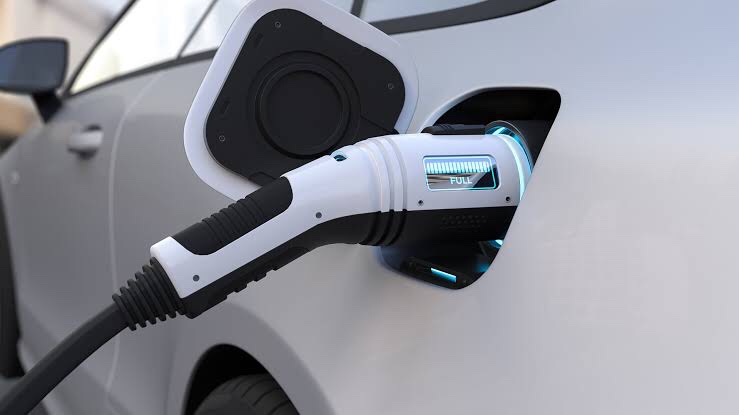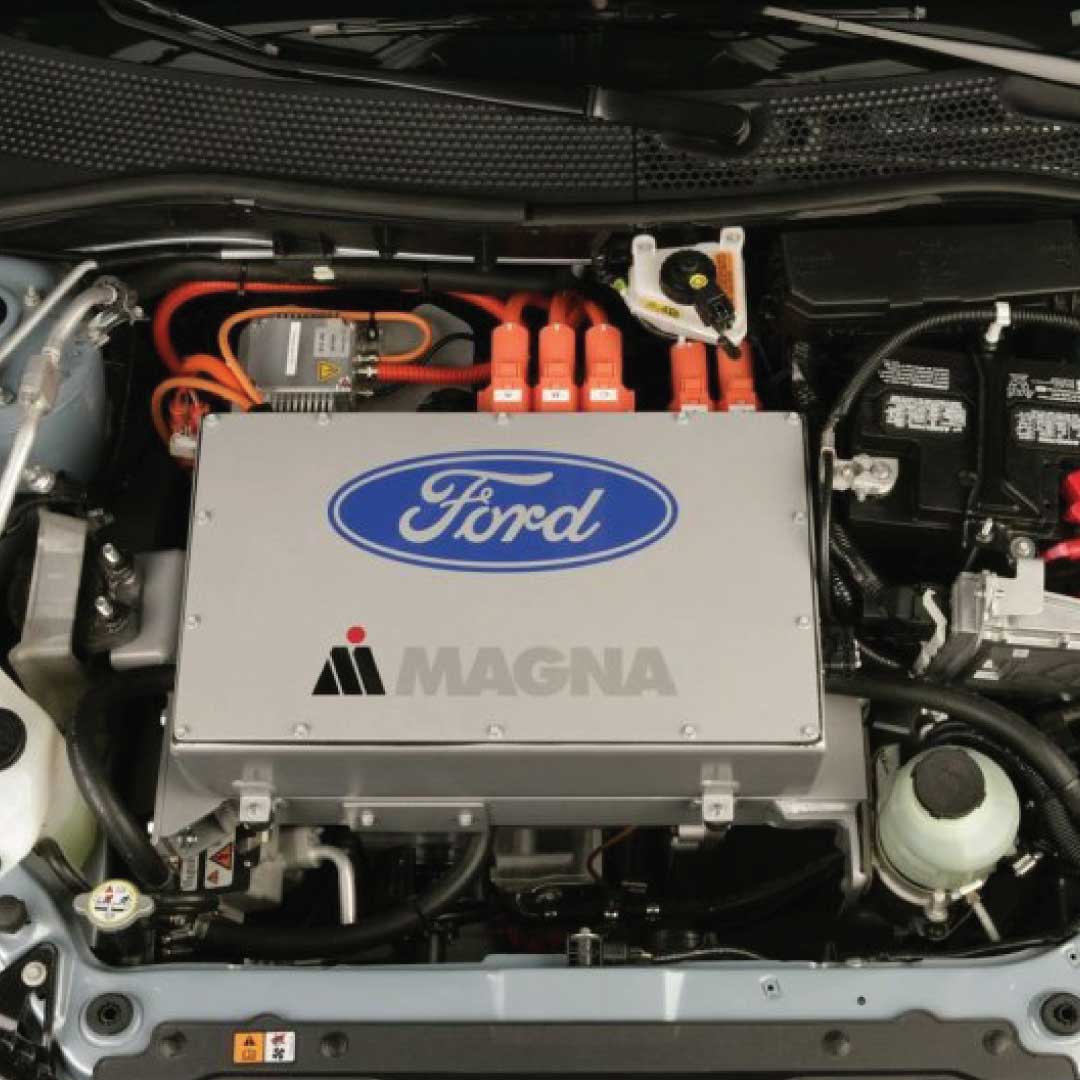The Nigerian government has signed a Memorandum of Understanding (MoU) with Japanese and Israeli companies to begin assembling and manufacturing Electric Cars that are eco-friendly, green, electric, and smart automobiles.
The National Agency for Science and Engineering Infrastructure (NASENI) signed the partnership deal alongside representatives of the Israeli, Japanese, and Nigerian companies on Thursday in the country’s capital, Abuja.
With this partnership’s commencement, Nigeria will gradually contribute to ensuring the attainment of Sustainable Development Goal Seven, which aims at improving international cooperation and aiding access to clean energy research and technology.
Speaking on the agency’s intention to begin the automobile project in 2023, Executive Vice Chairman of NASENI, Prof. Mohammed Haruna, said it would transcend vehicle assemblage to producing Nigerian-made electrical vehicles in the near future.
Haruna commended the partnership, noting that the welcomed development is here to stay. He, however, bemoaned the initial attempt to domesticate some technologies in Nigeria, particularly in the automobile industry, which didn’t yield the expected outcomes, resulting in the continuous importation of vehicles.
Haruna says, “NASENI has come into this now with the perfect partners.” The technologies of Japanese and Israeli companies are proven and well known.
But most importantly, Nigeria will not just be consuming this technology; we are here to make sure that we domesticate, produce, and manufacture in Nigeria.
Nigeria Must Embrace New Technology in the Automotive Sector
“We are grateful and we are happy with this collaboration, and we assure Nigerians that the automobile industry after this collaboration will not be the same again.”
On his part, the Israeli Ambassador to Nigeria, Michael Freeman, assured that combining Israeli, Japanese and Nigerian technologies would assist in tackling the bedevilling challenges facing the transport and environmental sectors in the nation.
Freeman said, “What is special about this project is that it is a timely project that combines Israeli technologies, Japanese technologies, and Nigerian entrepreneurship and innovation together to create a project that is going to work fabulously.”
“We are talking about bringing electronic motorcycles into Nigeria, which will be a program that is green and environmentally friendly.”
“It offers people a cheap and safe way of transport and even has the technology to ensure that the motorcycles are only used for legal and appropriate purposes.”
“When we look at what the problems are in the world, in Africa and in Nigeria, we are talking about issues of fuel scarcity; we are talking about green technology; we are talking about the need to provide cleaner, cheaper, easier transport.
He added that”… we are having Israeli and Japanese companies come together with Nigerian partners to provide cleaner, greener, newer, exciting technology that is expected to move people and populations across the country.
“I believe that a program that is going to start in Nigeria will be successful and will go across Africa.”
Speaking on Nigeria as a place to invest, the representative of Peramare Enterprise, an Israeli enterprise, Dr Ayal Raz, said the country is safe for business operations.
He said: “We believe this innovative idea is going to change so many things in the face of Nigeria.”
“It will bring green energy, which means cheaper transport, and we all know what that means for our people.”
“It will give work to the people because it is industry; we are going to put a factory together.” Assembling and building We will start with assembling and then building. It will give us cleaner air and less pollution.
“Nigeria is safe to do business in and, by the special grace of God, it is going to come during the first quarter of 2023,” Raz said.
Mr. Sasi Shilo, Chief Executive Officer (CEO) of SIXAI and Japanese Partner, said his company’s interest transcends production and is focused on supporting Africa, especially Nigeria, to build a sustainable country with clean and safe technologies.
“It is a very exciting moment. We have been working in the automobile industry for about half a decade. We have certified plants in 14 different countries.
“We really want to contribute to the African continent with our technology.” “What we want to bring is not only to produce but what we want to achieve is to support the African continent to be sustainable through our products with safety and environmentally friendly features,” Sasi said.
Wadada Aliyu, Chairman, PAN Nigeria Limited, said the initiative is groundbreaking and marks the beginning of technological evolution in the country.
“This is historic because Nigeria is conforming to the order of the day, which is a green environment, and memorable because NASENI has kicked off the ball.”
“With this synergy between Israel, Japan, NASENI, and PAN as a facility where the assembling will be done, I think the sky will be a starting point of technological evolution in Nigeria,” Aliyu said.
Mr. Madisca Haruna, Managing Director, LINKSMAN International Ltd., said the project seeks to attain the Sustainable Development Goals (SDGs) 2030 Goal Seven, which seeks to enhance international cooperation and facilitate access to clean energy research and technology.








